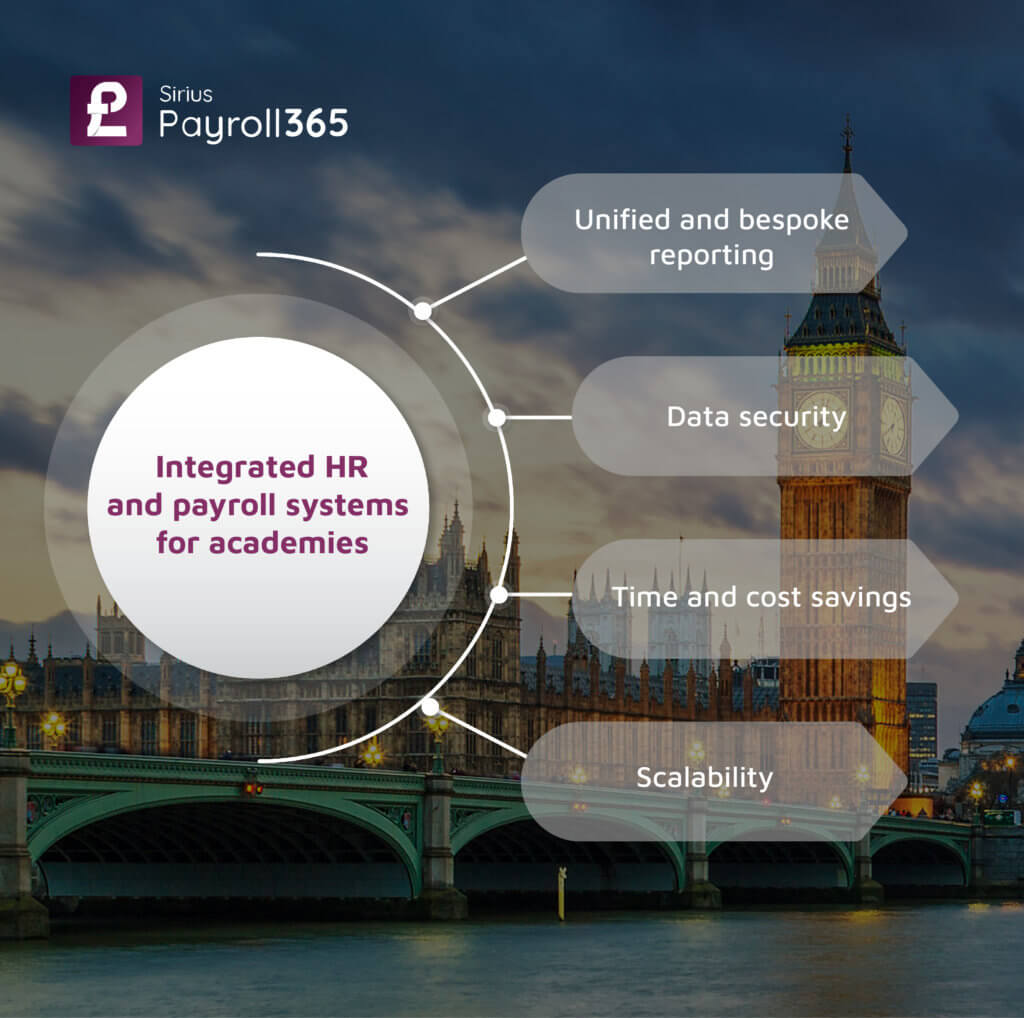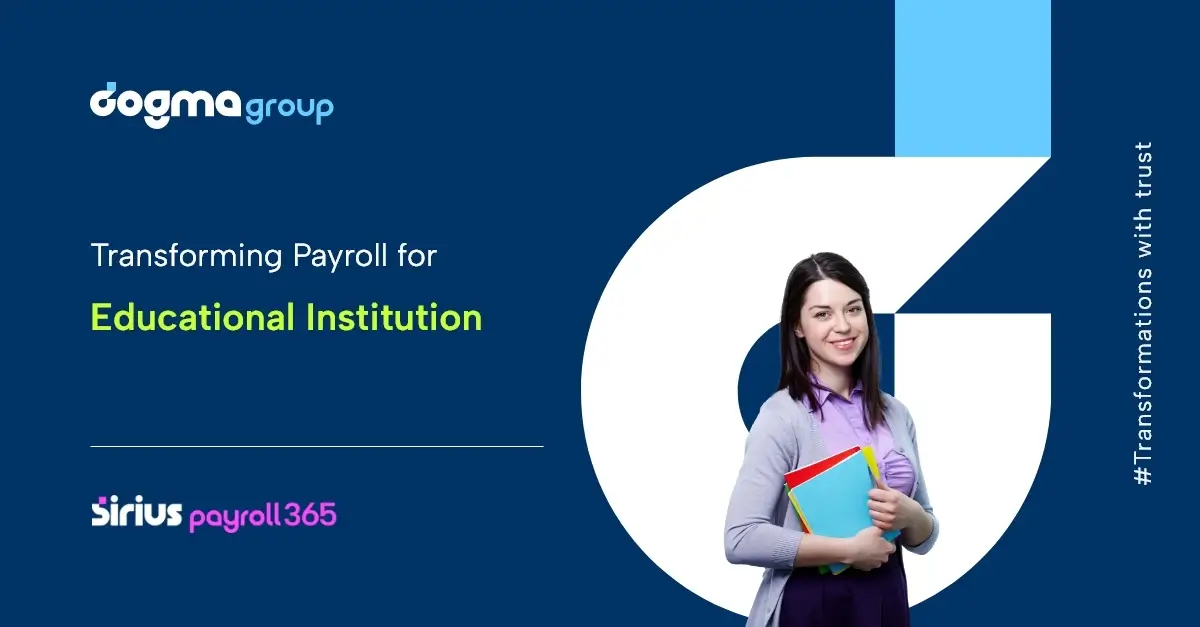Whether you’re a single school or multi-academy trust, managing education payroll can be a pain, mainly when using legacy payroll systems.
When you factor in the everyday nuances of modern academic institutions, like multi-currency payments, disparate school locations, and multi-employment contracts, processing payroll can be very challenging. Then there is the operational part: tracking timesheet data, ensuring accuracy and timeliness, compliance with government and labour regulations updates, and tracking pensions, benefits, and leaves.
To put it into perspective, teachers in the UK rank high on the list of British professionals who work unpaid overtime. A quarter of teaching staff did unpaid overtime in 2020. This number rose to 31% in 2021. Likewise, the average weekly unpaid overtime hours for teachers increased from 10.7 hours in 2020 to 11.2 hours in 2021.
The point is things can be pretty overwhelming when it comes to managing payroll for schools and universities, particularly with old payroll systems. And it’s time for the education sector to catch up with other industries like finance, healthcare, manufacturing, and retail.
While some HR and payroll managers already know this, others are slowly realising it.
So, how do you improve your archaic HR and payroll system at your schools and universities? What is the solution to your education payroll challenges?
The answer is to adopt an integrated HR and payroll solution. Among their many benefits, modern education payroll systems unify your academic institution’s HR and payroll processes, availing you of advanced data management and reporting functionalities.
What does payroll for education involve?

1. Managing payroll for schools in multiple locations
For multi-academy trusts, universities, and larger schools with multiple locations, managing payroll and meeting payment deadlines can be tough. This involves capturing timesheet data, onboarding new teachers and lecturers, managing their benefits and holidays, and more. Without a modern automated payroll system, this can be a very complicated and time-intensive process that will likely have several duplications and errors.
As you scale the number of teaching and non-teaching staff, you need a reliable digital solution that can eliminate the complex payroll procedures and enable you to easily manage payroll data and tasks at all your school locations.
2. Paying teaching staff in multiple currencies
Having to operate academies across multiple countries can be particularly tricky for schools because now you have to calculate pay rates in multi-currency while continuously evaluating multiple foreign exchange rates. Add to that the varying tax and labour regulations of all the places you operate in.
It is only with an integrated payroll solution for schools that you can keep track of all these disparate payroll data, multi-currency calculations, tax and labour policies, and fluctuating exchange rates.
3. Managing payroll for multi-employment contracts
Universities and larger academies typically hire the same academic staff for multiple roles. For example, an assistant professor might be a researcher in one project and also a visiting lecturer at another campus. The same person may also have an administrative role as a head of department or vice-dean. This way, an academic staff can get paid hourly, monthly, and per project at the same.
The intricacies of multiple-employment contacts with different roles pose a real challenge for archaic academic payroll systems. That’s another reason why you need a modern education payroll solution.
4. Ensuring compliance
Although the UK government has stipulated the pay scales for British teachers, it is subject to change over time. Additionally, private and specialised academies may also set their own pay grades, bonuses, compensations, and benefits for their teachers. Then there are several standard benefits that teachers are entitled to, like holidays, paid training, overtime pay, holidays, paid time-off, and maternity leaves.
These could be part of labour laws and tax policies that regulate how teachers are paid and compensated at the local or national level. However, maintaining compliance with multiple regulators and policies can be hard when your education payroll processes are inefficient and inflexible.
The consequence of underpaying teachers can result in mass lawsuits or large-scale strikes, which can severely impact the reputation of your academy. That is why educational institutions today need a robust payroll system to manage payroll for their academic staff.
5. Managing teachers’ pensions
In February 2022, thousands of UK university staff went on strike over pensions, pay, and working conditions. Similarly, this year, 51.7% of schools in England closed or partially closed on 1 February due to National Education Union (NEU) strike over teachers’ pay. It is expected to continue till mid–March, affecting thousands of students.
Legacy payroll systems are quite inflexible when it comes to the evolving teachers’ pensions schemes and policies. Keeping up with pension payouts and funding can become daunting if you need a lot of manual intervention.
You can avoid that and the serious operational and legal repercussions of pension inaccuracies by using a payroll system that can continuously update and calculate the financials of teachers’ pensions.
6. Tracking teachers’ timesheet data, leave, and paid off-school time
Teachers can have variable work hours. Some may work full-time with salaries; others may work part-time, earning hourly wages. There may be those who are substitute or temporary teachers.
Then there is holidays and various leaves, paid training, and summer vacation when teachers can be off-school or performing non-teaching activities and still getting paid.
Tracking all these timesheet data accurately and pulling it into a main system for further payroll calculations and reporting can become cumbersome when you have hundreds of teachers on your payroll.
An integrated education payroll solution consolidates all your teachers’ data, including their pay scales, work hours, shift and employment types, holidays, paid time off school for vacation and training, and leaves.
This creates a single source of truth and allows you to share accurate payroll data between your payroll teams effortlessly. It also enables you to gain end-to-end visibility into your education payroll data and receive unified reporting capabilities.
7. Using self-service to improve the employee experience for teachers
Unlike old-school payroll systems, modern payroll solutions for education like SiriusPayroll365 offer role-based access to your teaching staff. This saves you time by enabling academic employees to skip cumbersome manual procedures to update their timesheets and personal data. Plus, integrated education payroll systems like SiriusPayroll365 also come with the capability to seamlessly connect with other solutions for timesheet and leave management. This helps you unburden your payroll staff, save time, and also improve experience for your academic staff.

What does transforming payroll for educational institutions involve?
1. Better data management through consolidation
Modern academic payroll systems are cloud-based and integrated, allowing you to consolidate all payroll data on your teaching and non-teaching staff. This way, you have a single source of truth for all your education payroll activities. Plus, you can quickly push and pull data, collaborate in real time, and gain end-to-end visibility.
2. Automation of manual workflows
Old-school payroll systems typically require overwhelming manual processes. But modern payroll systems don’t. They automate most manual activities like complex payroll calculations, data sharing, approvals, and payment disbursements. Less manual intervention means fewer errors and duplications and improved productivity and efficiency, particularly since the entire payroll lifecycle can be automated with modern education payroll solutions.
3. Future-proofing of system
Modern HR and payroll systems are modular and, thus, future-proof. That means you can pick only those features that you need. The licensing costs are also flexible so that you can always add or remove users or new academic institutions and effortlessly onboard new teaching and non-teaching staff.
How integrated HR and payroll systems support your educational institution?

1. Time and cost savings
Cost-savings can come in many forms when introducing an integrated HR and payroll system into your academic institution. While cloud technology eliminates infrastructure costs, it also offers flexible licensing costs. Reduced manual processes save time and ensure data accuracy to help avoid unnecessary overhead expenses and improve efficiency. What’s more, the total cost of ownership for these modern solutions is also quite lower as opposed to legacy systems.
2. Scalability
HR and payroll solutions today scale to your needs, whether you handle payroll for a single academy or multiple. The ability of these systems to evolve with changing education sector and industry practices at local and global levels allows for effortless scalability. Effortless scalability means you can have a larger teaching staff for one semester and then reduce their number for another as required. You can also hire temporary part-timers, and reduce teaching staff numbers when during the holiday season. It will also be possible to easily add new academic institutions as you expand.
3. Unified and bespoke reporting
With an integrated HR and payroll system that centralises all education payroll data, you get unified reporting and analytics across all your locations and staff in real-time. Most modern payroll solutions also come with artificial intelligence and machine learning capabilities that provide you with predictive analytics for informed decision-making.
Additionally, you can customise your reports as you need and visualise information in interactive dashboards to quickly get a fuller picture of your academic payroll processes.
4. Data security
The cloud-based payroll systems can offer enhanced data security for your school or university. Payroll data are crucial, and avoiding data loss or theft is mission-critical for all academic institutions.
Whether it’s a cyber-threat or natural disaster, you can rest assured that your payroll data is safe and secure. Even while collaborating in real-time or sharing payroll data, the system users work in a secure and encrypted environment with role-based accessibility. That helps you protect your data and avoid the terrible cost of data loss.
Ready to transform payroll for educational institutions?
When every other academic institution is fast embracing digitisation to become more agile and competitive, you will definitely lag if you’re still pondering how to modernise your education payroll.
Don’t miss out on leveraging digital transformation to embrace your digital imperative! With SiriusPayroll365 at as little as £1 per user per month, you can adapt to the dynamic education sector today and continue to drive growth for your academic institution.






